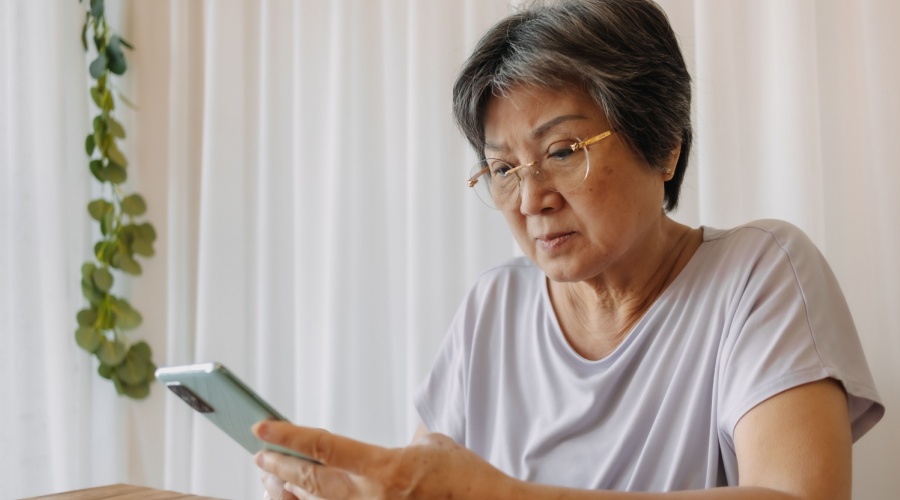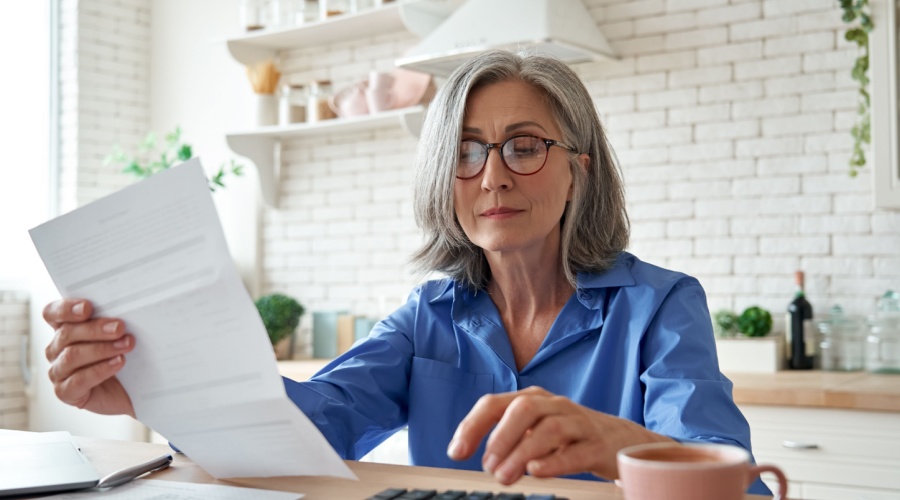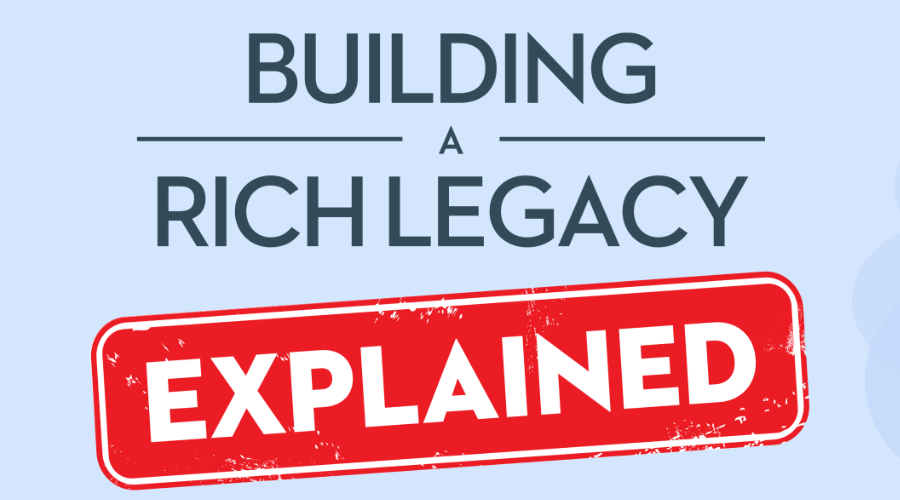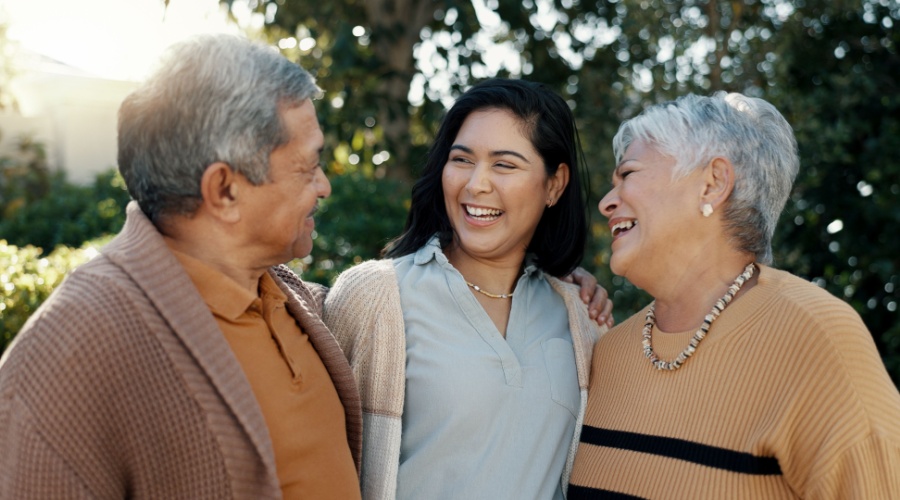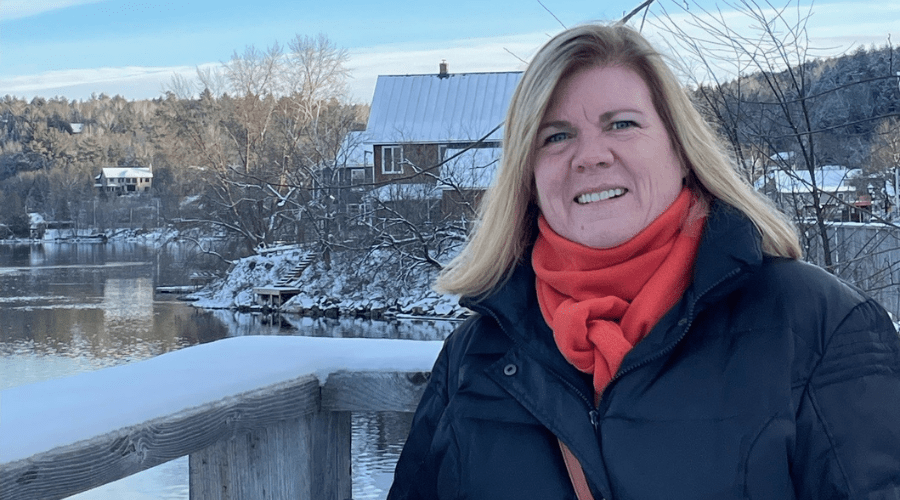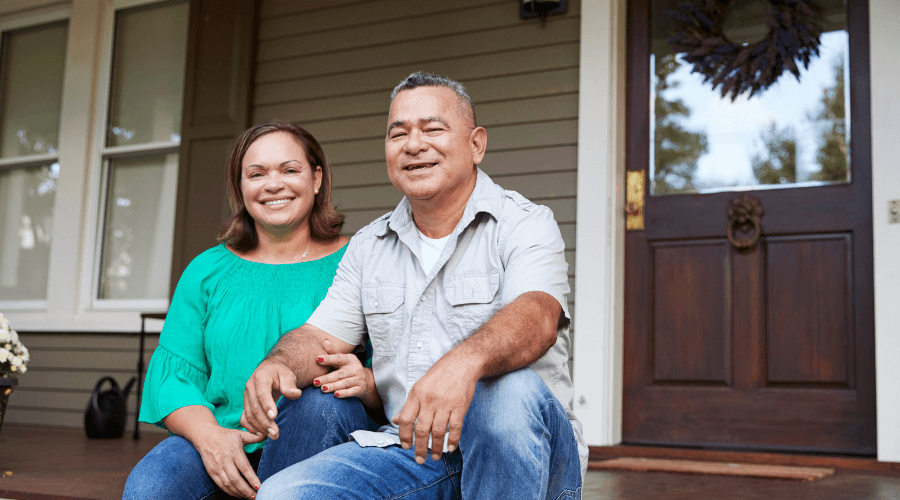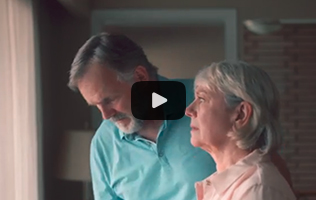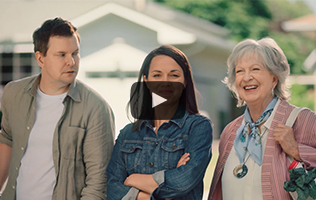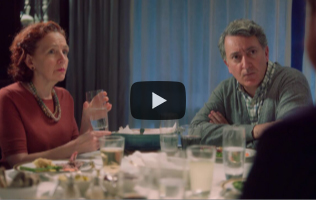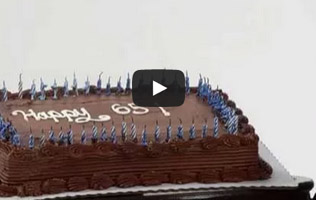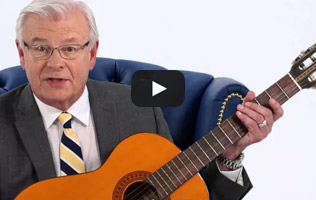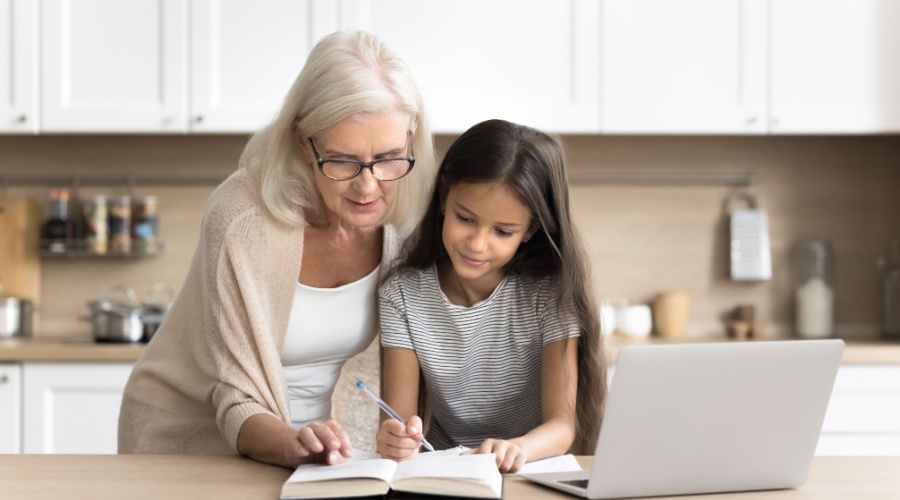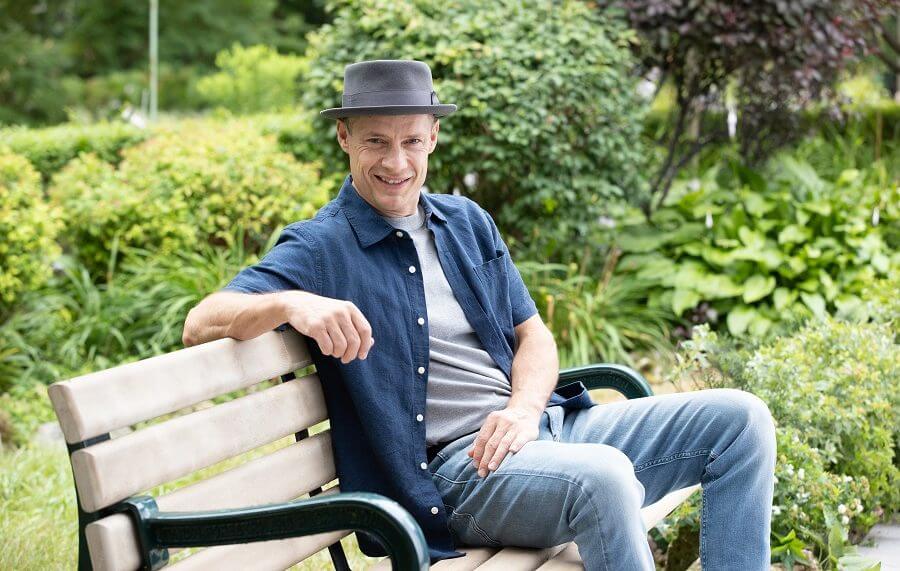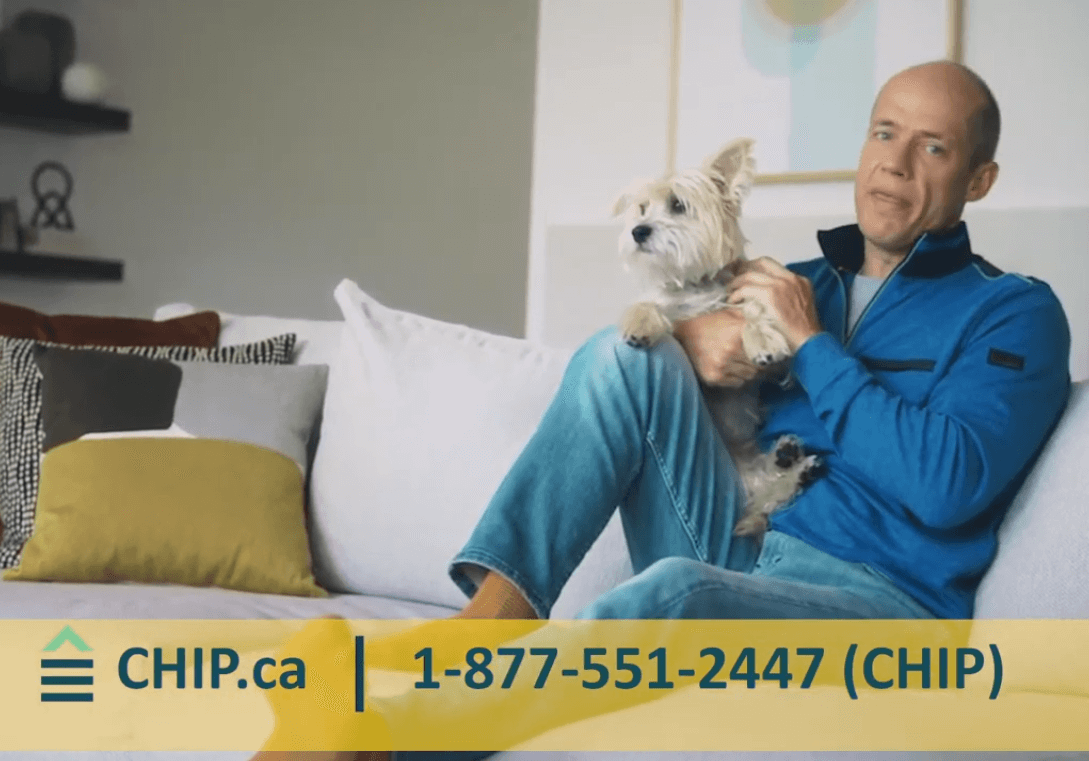What is an RRSP Home Buyers’ Plan?
The RRSP Home Buyers’ Plan was introduced in 1992 to give Canadians a way of using their RRSP to buy a house or apartment. Since then, hundreds of thousands of first-time home buyers in Canada have used their RRSPs to help purchase a new home or condominium.
Given the way the housing market in much of Canada has skyrocketed in recent years, the RRSP Home Buyers’ Plan is likely to increase in popularity as down payments increase dramatically. The RRSP home buyers’ program is likely to become an essential part of the home buying process for even more Canadians.
RRSP Home Buyers’ Plan Eligibility
There are a few conditions you need to meet to be able to take advantage of the first-time RRSP Home Buyers’ Plan (HBP) in Canada:
- Be considered a first-time home buyer in Canada with RRSPs
- Be in possession of a written agreement to buy or build a qualifying home
- Be a Canadian resident
- Occupy the home as your principal residence within a year of buying or building it
You can also qualify for the RRSP home buyers’ program if you’re buying or building the home for a relative with a disability.
If you fulfill the qualifying criteria for the first-time home buyer RRSP plan, you can withdraw money from your RRSP to help you buy a home, without facing any tax consequences.
How to withdraw from an RRSP for first time home buyer?
It is a fairly simple process to make withdrawals with the RRSP home buyers’ program:
- Fill out the first-time home buyer RRSP Form T1036 for every withdrawal you make.
- After filling out area 1 of the form, send it to the financial institution that holds your RRSP.
- Your financial institution will fill out Area 2 of the form and release funds to you without withholding tax.
- You are allowed to withdraw funds from several RRSPs but must submit a first-time homebuyer RRSP form for every withdrawal.
First-time home buyer in another province: Rules for the first-time Home Buyers’ Plan are the same for every province in Canada.
RRSP Home Buyers’ Plan Withdrawal Limit
The first-time home buyer RRSP withdrawal limit for is $35,000 per person. When using an RRSP to buy a house or a condominium, your spouse can also withdraw up to the $35,000 limit, if they qualify. Your spouse can also make a spousal RRSP withdrawal to take advantage of the Home Buyers’ Plan.
Spousal RRSP withdrawal for Home Buyers’ Plan:
If taking the maximum amount of $35,000, it must be withdrawn in the same calendar year. Here are a few other conditions of the RRSP Home Buyers’ Plan:
- Only the RRSP holder can withdraw funds from their RRSP.
- First-time Home Buyers’ Plan (HBP) rules don’t usually allow you to withdraw funds from locked-in RRSPs.
- Any money withdrawn from your RRSP must have been in your plan for at least 90 days before your withdrawal – this is known as the Home Buyers’ Plan 90-day rule.
- You have to fill out the first-time home buyer RRSP Form T1036 for each eligible withdrawal.
Who is considered a first-time home buyer in Canada for the RRSP plan? Anyone who did not live in a home that they or their spouse/common-law partner owned during the four-year period before withdrawing funds from their RRSP.
RRSP Home Buyers’ Plan repayments
How long does it take to pay back the RRSP from the first-time Home Buyers’ Plan?
When you participate in the RRSP home buyers’ program, you have to pay the full amount that you withdraw back into your RRSP within 15 years. RRSP Home Buyers’ Plan repayments start the second year after the year you make your withdrawals.
Each year’s repayment must be a minimum of one-fifteenth of the total to be repaid. If your RRSP Home Buyers’ Plan repayment is less than the required amount, you have to include the difference as income on your tax return.
If an individual who has used their RRSP to purchase a home passes away before making the repayments, the balance of their RRSP Home Buyers’ Plan must be included in their income for the year of their death.
If you turn 71 before making the repayments to your RRSP for a home purchase, you will have to:
- Repay the whole outstanding balance, or
- Divide the repayable balance by the number of years remaining in the repayment period and include that amount as income for each of the remaining years thereafter.

Can you repay Home Buyers’ Plan early?
Yes, you can repay your Home Buyers’ Plan balance early – and in full – without facing any penalty.
Can I use my RRSP to buy a house a second time?
Given that you have to live in the home you buy with your RRSP funds, you cannot use the RRSP Home Buyers’ Plan to buy a second home.
Cancel your participation in the RRSP Home Buyers’ Plan
You can only cancel your participation in the RRSP Home Buyers’ Plan if:
- You did not buy or build a qualifying home
- You became a non-resident before buying or building a new home
You may also be able to cancel your participation if you made a withdrawal under the Home Buyers’ Plan to help a specified disabled person acquire a home and:
- That person does not buy or build a qualifying home or replacement property.
- That person becomes a non-resident before buying or building a qualifying home or a replacement property.
Learn more about how to cancel your participation in the Home Buyers’ Plan.
Pros and Cons of RRSP Home Buyers’ Plan
RRSP first-time home buyer advantages
The most obvious advantage of the RRSP Home Buyers’ Plan is that it allows many more Canadians to buy their first home than would otherwise be able to. Being able to use up to $35,000 from their RRSP for a down payment (or $70,000 for couples) can be key to the dream of home ownership. As long as you repay the money to your RRSP, it’s like an interest-free loan to yourself. Other advantages include the following:
- You have a two-year grace period before the commencement of repayments. This provides you additional time to manage your finances and plan for the repayment phase.
- You have flexible payment options, allowing you to pay more than the minimum required amount, giving you the opportunity to pay back the total amount early.
- The funds withdrawn from your RRSP is an interest free loan to yourself, that is not subject to taxes.
RRSP first-time home buyer disadvantages
One of the main disadvantages of the Home Buyers’ Plan is that you have to make yearly payments – starting in year two – or else the money not paid back each year is considered taxable income. Other disadvantages include the following:
- If you haven’t managed to save in your RRSP, you won’t be able to take advantage of the RRSP Home Buyers’ Plan.
- Any money you take out of your RRSP means missing out on tax-free compounding growth. The RRSP will only grow once you start contributing to it again.
- To be eligible for withdrawals under the Home Buyers’ Plan, the funds must have been held in the RRSP account for a minimum of 90 days.
How a CHIP Reverse Mortgage can help you once you’ve bought your home
Once you’ve purchased a home using the RRSP Home Buyers’ Plan, a reverse mortgage is probably the last thing on your mind. However, it’s a good idea to know that, if needed down the road, your home’s equity can be a useful financial tool to help with your cash flow, especially when you enter your retirement years. It can help you combat the rising cost of living, make home upgrades or repairs, and you can even use the money for a down payment on another property.
If you’re a Canadian homeowner age 55+, the CHIP Reverse Mortgage allows you to borrow up to 55% of the value of your home in tax-free cash. One of the main advantages of the CHIP Reverse Mortgage is that you don’t have to make any regular monthly mortgage payments. You only pay back what you owe when you move or sell your home. Learn more about the pros and cons of a reverse mortgage.
To learn more about how a CHIP Reverse Mortgage works and how it can help supplement your cash flow needs in retirement, please call us toll-free at 1-866-522-2447 to speak with a reverse mortgage expert



